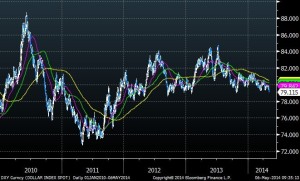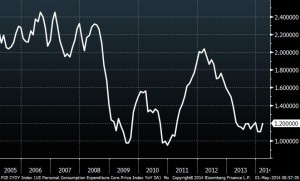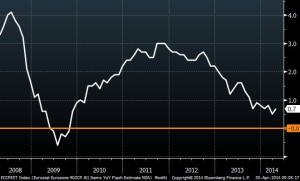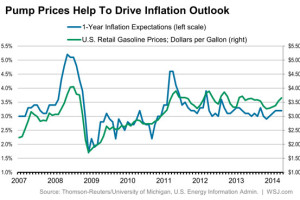We are keeping a close eye on indicators that might point to a rise in inflationary pressures. Is the outperformance of Real Assets YTD indicating this?
U.S. producer prices saw their largest increase in over a year last month, hinting at some inflation pressures at the wholesale level.
The Labor Department said its seasonally adjusted producer price index (PPI) for final demand advanced 0.6% in April, marking the biggest rise since September 2012. It was the second consecutive month that metric advanced. In March, the index increased 0.5%.
The Department of Labor’s PPI measures a change in selling prices received by domestic producers. The price index for foods reported the largest increase last month, while energy and transportation and warehousing prices also rose.




